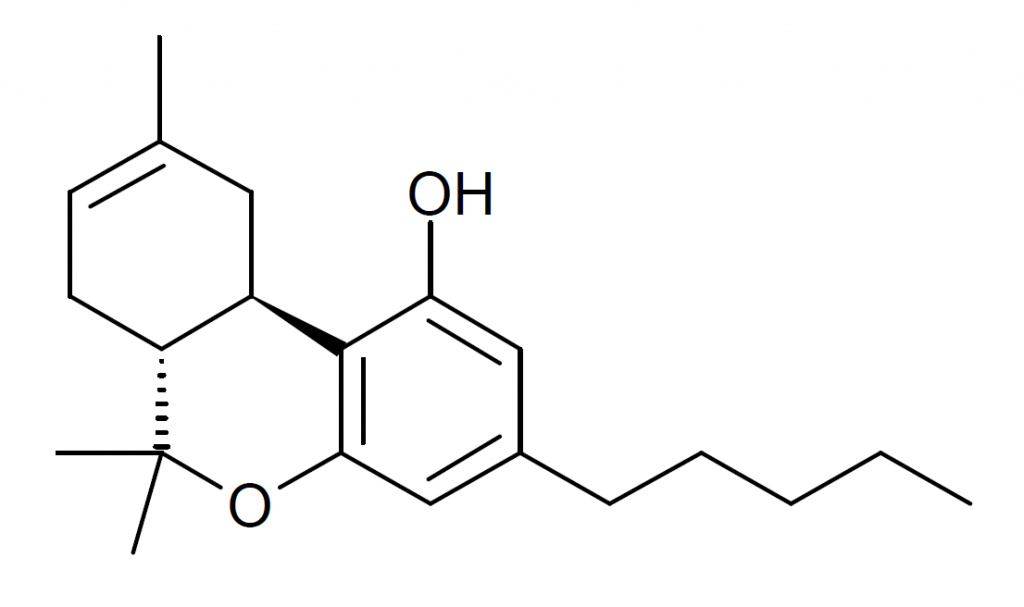Here, you will understand how Delta 8 differs from delta 9. Both Delta-8 and Delta-9-THC have double bonds in their long molecular chains. However, this double bond appears on the 8th carbon chain of Delta-8, hence the name. Delta-9 THC has this bond on its 9th carbon chain, which in turn is the reason for the “9” in its name. That is a small difference, but it is enough to produce their characteristic psychoactive effects. The psychotropic potency of D-8 THC is only 50% to 75% of D-9 THC. This means it can be 25% to 50% less psychoactive than D-9 THC.
This difference also appears to be why Delta-8-THC binds to the brain differently than Delta-9-THC. D-9 THC binds tightly to the CB1 receptors, while D-8 THC does not bind as well. In addition, delta-8-THC is found in the cannabis flower much lower than delta-9-THC. For reference, some of Colorado’s most popular cannabis strains can contain 17% to 28% Delta-9-THC.
What Can This Difference Make?
Delta-9-THC can cause anxiety, paranoia, headaches, or dizziness in high doses. It can also confuse, increase heart rate, and higher blood pressure. In addition, it can affect alertness, memory, and other mental functions. However, the CDC itself says a fatal marijuana overdose is unlikely. Still, all of these side effects can be painful for people with a low tolerance to THC.
Because delta-8-THC is less psychoactive than delta-9-THC, it may have fewer adverse effects. At the very least, this lesser psychotropic effect may have less serious side effects. Remember, however, that Delta 8 thc effects can still make you feel “high.” However, the lower effectiveness may help you have a less anxious psychoactive experience.
Some people who use D-8 THC report staying “clear” despite feeling “high.” They also say they feel more relaxed and calmer than D-9 THC.
What Role Does The Endocannabinoid System Play In All Of These?
All mammals, including humans, have an endocannabinoid system. It is a complex signaling and messaging system for cells discovered in the early 1990s. Experts identified it while studying THC and CBD and named it after cannabinoids.
The ECS plays many biochemical communication roles, especially in physiology. So far, scientists have linked this to processes that affect hunger, memory, metabolism, and pain. It also affects heart health, mood, sleep, stress, and immune system responses. All in all, the ECS has regulatory effects on the body’s innate ability to “keep itself in balance.” This is the process known as “homeostasis” that helps the body maintain balance.
To fulfill its tasks, the ECS relies on endocannabinoids and cannabinoid receptors. Endocannabinoids are just like the cannabinoids in the cannabis plant. The only difference is that the body makes endocannabinoids on its own.
Cannabinoid receptors, in turn, are cell membrane receptors. They mediate the effects of endocannabinoids and plant cannabinoids. Cannabinoids like Delta-8-THC and Delta-9-THC bind to these receptors. Both forms of THC bind to the CB1 receptor, one of the two known cannabinoid receptors. The CB1 receptor, in turn, appears to mediate the psychotropic effects of D-9 THC.

